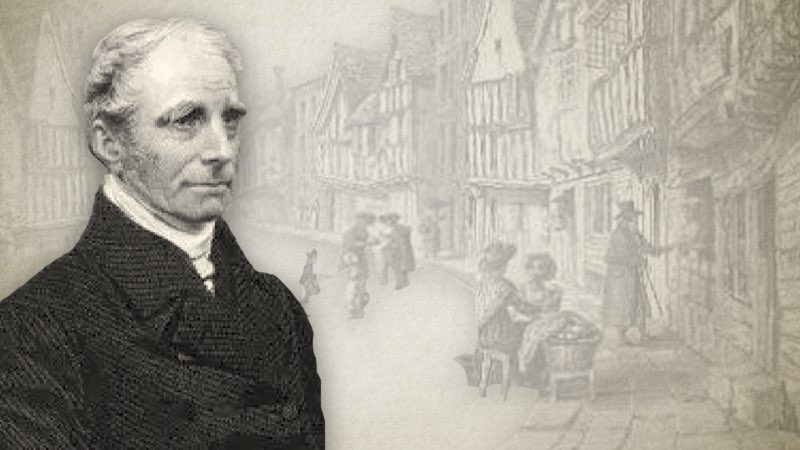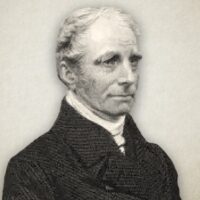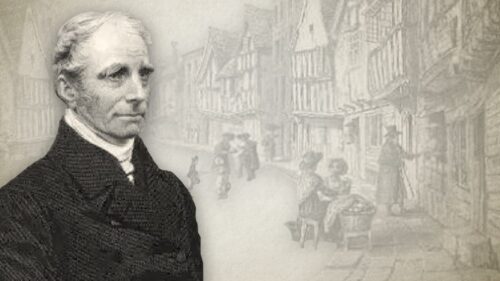
98 Analogy Of Faith
ANALOGY OF FAITH
Is the proportion that the doctrines of the gospel bear to each other, or the close connexion between the truths of revealed religion, Rom. 12:6. This is considered as a grand rule for understanding the true sense of scripture. It is evident that the Almighty doth not act without a design in the system of Christianity any more than he does in the works of nature. Now this design must be uniform; for as in the system of the universe every part is proportioned to the whole, and made subservient to it, so in the system of the Gospel all the various truths, doctrines, declarations, precepts, and promises, must correspond with and tend to the end designed. For instance, supposing the glory of God in the salvation of man by free grace be the grand design; then, whatever doctrine assertion, or hypothesis, agree not with this, it is to be considered as false.–Great care, however, must be taken in making use of this method, that the enquirer previously understand the whole scheme, and that he harbour not a predilection only for a part; without attention to this we shall be liable to error. If we come to the scriptures with any pre-conceived opinions, and are more desirous to put that sense upon the text which quadrates with our sentiments rather than the truth, it becomes then the analogy of our faith, rather than that of the whole system. This was the source of the error of the Jews, in our Saviour’s time. They searched the scriptures: but, such were their favourite opinions, that they could not or would not discover that the sacred volume testified of Christ. And the reason was evident, for their great rule of interpretation was what they might call the analogy of faith; i. e. the system of the Pharisean scribes, the doctrine then in vogue, and in the profound veneration of which they had been educated. Perhaps there is hardly any sect but what has more or less been guilty in this respect. It may, however, be of use to the serious and candid enquirer; for, as some texts may seem to contradict each other, and difficulties present themselves, by keeping the analogy of faith in view, he will the more easily resolve those difficulties, and collect the true sense of the sacred oracles. What “the aphorisms of Hippocrates are to a physician, the axioms in geometry to a mathematician, the adjudged cases in law to a counsellor, or the maxims or war to a general, such is the analogy of faith to a Christian.” Of the analogy of religion to the constitution and course of nature, we must refer our readers to bishop Butler’s excellent treatise on that subject.
Charles Buck (1771-1815) was an English Independent minister, best known for the publication of his “Theological Dictionary”. According to the “Dictionary of National Biography”, a Particular Baptist minister named John C. Ryland (1723-1792) assisted Buck by writing many of the articles for the aforementioned publication. One may conclude, based not only Buck’s admiration for his friend Ryland, but also on the entries in his Theological Dictionary, that he stood head and shoulders with the High-Calvinists of his day.
Charles Buck on the Biblical Covenants (Complete)
Charles Buck's Theological Dictionary




